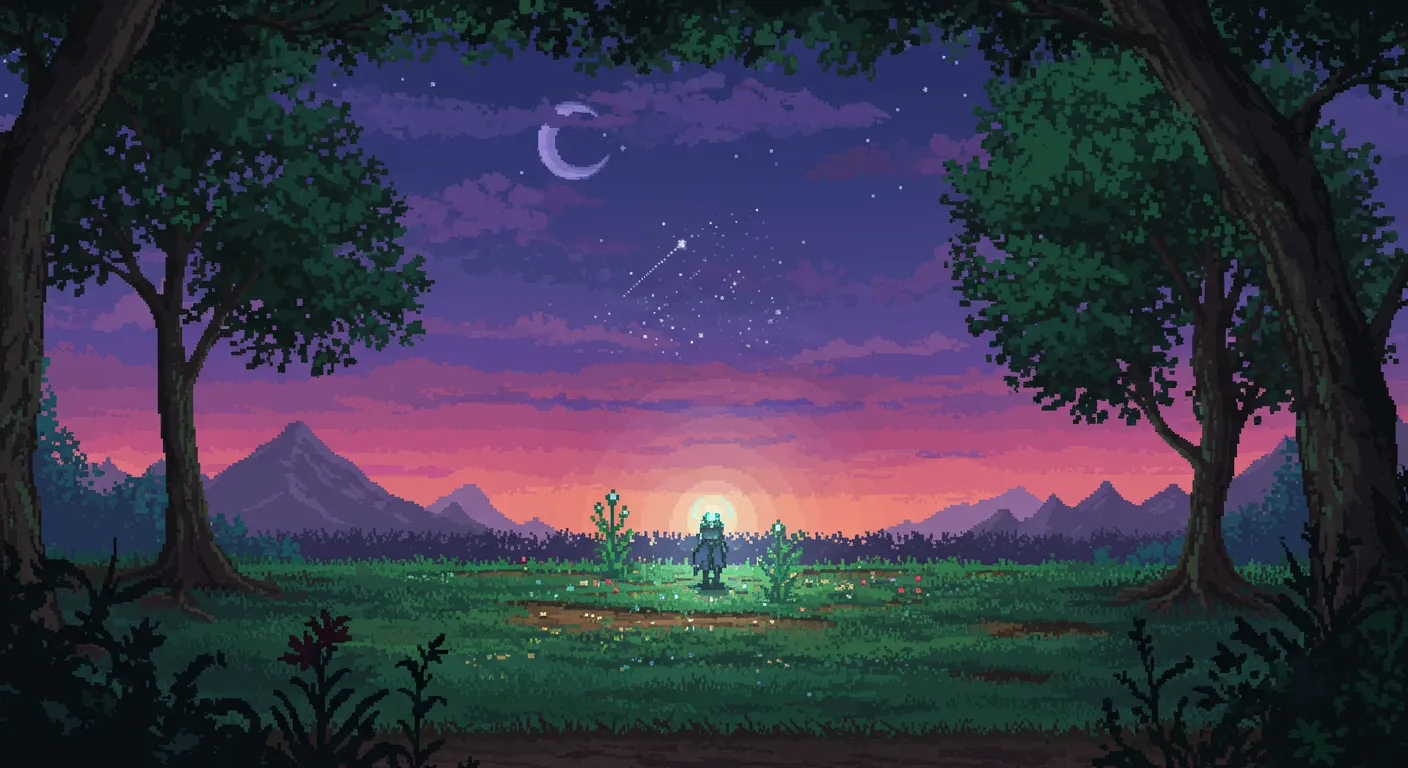In the vast, unforgiving landscape of the moon, the Blue Ghost lander recently captured a breathtaking series of sunset images that have sparked intense online discussion about space exploration, technological limitations, and the intricate challenges of lunar missions.
Online commentators have been passionately dissecting the technical nuances of the lander's brief mission, particularly focusing on the extreme temperature challenges that ultimately silenced the spacecraft. The lunar environment presents a brutal test for electronic equipment, with temperatures plummeting to as low as -130°C to -250°C, far beyond the operational specs of commercial electronics.
The conversation quickly evolved from the lander's technical specifications to broader questions of space exploration economics and sustainability. Some participants questioned the wisdom of sending solar-powered craft to such an inhospitable environment, while others pointed out the relatively low environmental impact of these missions compared to rocket launches.
Particularly fascinating were the discussions about the sunset photographs themselves. Commentators debated the unusual appearance of multiple celestial bodies, with detailed exchanges about exposure, lens artifacts, and the visibility of Earth and Venus from the lunar surface. The images revealed the complex interplay of light, reflection, and technological limitations in capturing extraterrestrial landscapes.
Underlying these technical discussions was a sense of wonder and empathy – a reminder that even as these are machines we send into space, they represent humanity's relentless curiosity and drive to explore the unknown. The Blue Ghost lander's brief mission, captured in its final moments, serves as a poignant testament to our ongoing quest to understand the cosmos.


